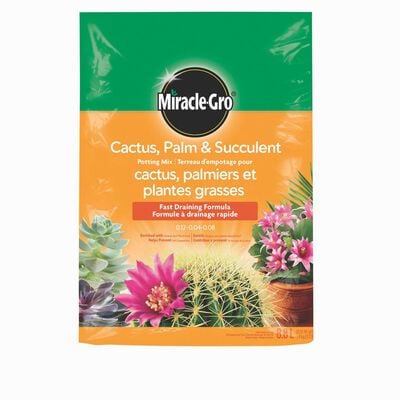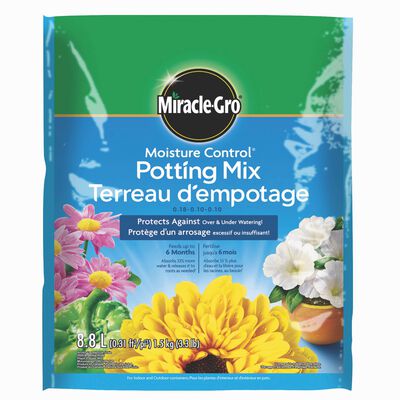
How to Care for Houseplants
Houseplants provide so many benefits, livening up your home and also improving indoor air quality. Whether you're looking to grow tropical plants, such as palms, ferns or African violets, or more low-maintenance succulents, learn the specific needs of houseplants and you can have healthy plants in your home year-round.
Bring a Little of the Outdoors Indoors
A healthy houseplant needs the right combination of light, soil and moisture to mimic the conditions of the outdoors as much as possible. Learn about the native environments of your houseplants and plant accordingly. For instance, cactus plants like soil that drains quickly, like Miracle-Gro® Cactus Potting Mix. African violets like soil that is slightly acidic, such as Miracle-Gro® African Violet Potting Mix. Because indoor conditions tend to be drier, it's important to take a few steps to maintain moisture around your plant.
Changing Water Needs
Even though they're in a relatively stable environment indoors, your houseplants' water needs will still vary with the seasons. Most, though not all, houseplants tend to grow more rapidly in spring and summer, and slow their growth in fall and winter. Know your houseplants' growing periods and water less during their dormant periods.
Know When to Water
Before watering, do a moisture check by dipping your finger at least one inch deep into the soil. If the soil feels dry, water the plants. Alternatively, you can place a wooden stick such as a plain chopstick up to 5 cm into the soil of your houseplant. Leave the stick for 10 minutes, then remove and examine for any changes in colour or watermarks. If the stick is unchanged, it's time to water.
Watering Your Houseplants
Water your plant with a longneck watering can that reaches all sides of the container. Be sure your water is room temperature. Pour on enough water so that some seeps out of the pot's drainage holes into the saucer or tray underneath. An hour later, pour out any water in the saucer so the plant is not oversaturated. For best results, water your plants in the morning so moistened foliage has a chance to dry out during the day. If the potting soil gets too dry, it may pull away from the sides of the container, which may cause water to drain straight out of the container. To help rewet the dried potting soil, place three or four drops of a mild dish soap on the soil. The soap will help the water soak in so the root ball can expand to fill the container again.
Maintain Moisture in Your Plants' Mix
Place a little moss, mulch or even some pebbles around the base of your plants to retain moisture in the container. Or, to water less frequently, try using a moisture-retention potting mix such as Miracle-Gro® Moisture Control® Potting Mix.
Avoid Over-Watering
Even though your houseplants' roots are in soil, they need air, so be wary of overwatering, as this can block airflow and allow root rot to develop, resulting in plant failure. Overwatering is the main reason houseplants die, so be on the lookout for dropping or yellowed leaves, wilting or drooping, which tend to be signs of stress from overwatering. If you see those signs, try drying out your plant or repotting it in fresh soil.


